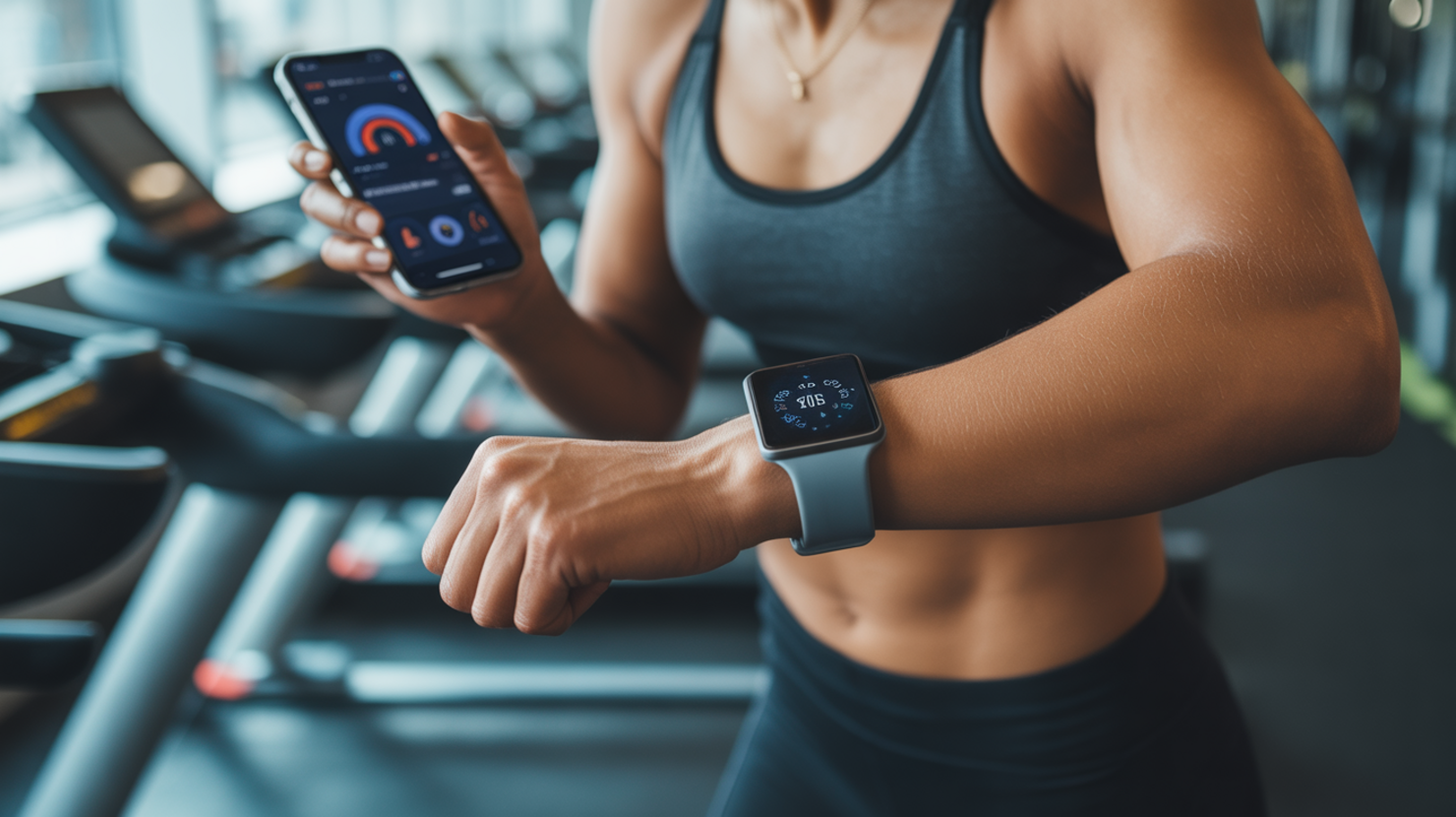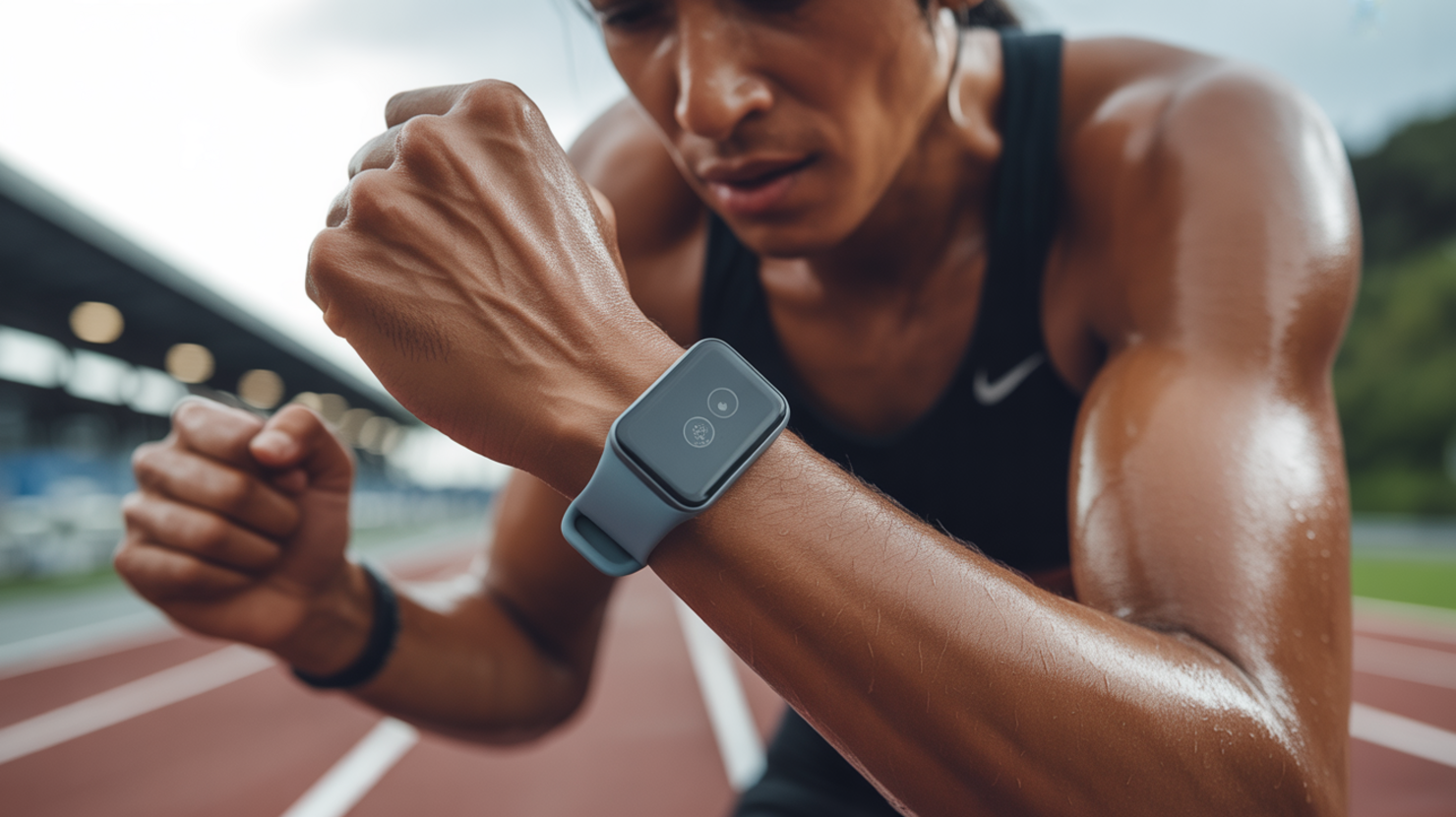Hong Kong is experiencing a significant transformation in how its residents approach health and wellness, largely driven by the rapid adoption of fitness technology. From sleek smartwatches tracking every step to intuitive apps guiding personalized workout routines, the city’s embrace of digital fitness tools is reshaping the industry landscape. This surge isn’t just about gadgetry; it reflects a growing desire for more connected, data-driven, and accessible paths to staying fit and healthy.
A key aspect of this trend involves analyzing the adoption rates of wearables versus fitness apps. While wearables like smartwatches and fitness trackers offer continuous biometric data collection, becoming constant companions for activity and sleep monitoring, dedicated fitness apps provide structured workout plans, nutrition tracking, and social connectivity. Hong Kong users often leverage both, creating a layered approach to personal wellness. However, app usage might see broader initial adoption due to lower entry costs, while wearables represent a more significant investment for dedicated users seeking deeper insights.
The local ecosystem is further energized by several key local fitness tech startups. These homegrown companies are developing innovative solutions tailored to the specific needs and preferences of the Hong Kong market. They contribute to the diversity and dynamism of the sector, offering everything from specialized training programs to platforms connecting users with local fitness professionals. Their presence signals a maturing market capable of fostering domestic innovation alongside international offerings.
Crucially, understanding the user demographics driving demand is vital. Hong Kong’s health-conscious population, combined with high smartphone penetration and a tech-savvy culture, creates fertile ground for fitness tech growth. Demand spans across various age groups, though younger, urban professionals are often early adopters. Factors like busy lifestyles, limited space for traditional workouts, and a strong emphasis on health and appearance all contribute to the increasing reliance on convenient, data-backed fitness solutions. The desire for quantifiable progress and social engagement within fitness communities also plays a significant role in sustaining this demand.
This vibrant snapshot reveals a market actively integrating technology into daily fitness routines, powered by widespread adoption, local innovation, and a health-conscious user base seeking data-driven paths to wellness.
The Fragmentation Problem in Fitness Data 🧩
In Hong Kong’s burgeoning fitness tech landscape, users are increasingly embracing a variety of tools, from sleek smartwatches and fitness trackers to sophisticated mobile workout apps and smart home gym equipment. However, this rapid adoption has brought a significant challenge to the forefront: data fragmentation. While each device or app offers valuable insights individually, a major obstacle arises when trying to get them to work together seamlessly.
A primary issue is the significant compatibility gap between different platforms and devices. Data generated by a wearable from one company might not easily sync with a nutrition tracking app from another, or workout logs from a specific gym’s app might not integrate with a user’s preferred overall health dashboard. This creates frustrating data silos, where valuable information about a user’s activity, sleep, nutrition, and overall well-being is trapped within disparate systems, making it difficult to gain a comprehensive view of their health journey.
This lack of integration leads to tangible user frustrations. Individuals find themselves having to manually log data across multiple applications, losing historical tracking information when switching devices or services, and ultimately struggling to see a unified picture of their progress. The promise of a holistic health overview remains out of reach for many.
Furthermore, this fragmentation carries hidden financial implications. Users might inadvertently purchase multiple devices or subscribe to overlapping services because features aren’t interoperable. Businesses, such as personal trainers or wellness centres, face challenges and potential costs in integrating data from clients using diverse technologies. Addressing this fragmentation is crucial for building a truly effective and seamless fitness ecosystem in Hong Kong, one that unlocks the full potential of connected health data.
Wearables as Personalized Health Guardians 💪
In Hong Kong’s burgeoning fitness tech scene, wearables are rapidly evolving beyond simple step counters. These devices have become sophisticated personal health guardians, offering deep insights into our bodies during both activity and rest. Their ability to collect granular, real-time data empowers users to make informed decisions about their health and fitness journeys.
One of the most impactful capabilities is the tracking of real-time biometrics during workouts. Wearables continuously monitor crucial metrics like heart rate zones, calorie expenditure, pace, distance, and even advanced measures like VO2 max estimates. This immediate feedback allows individuals to optimize their training intensity, ensuring they are working out effectively and safely, whether running in Victoria Park or hitting the gym.
Beyond the workout itself, wearables play a vital role in monitoring recovery patterns, primarily through sleep data analysis. Devices capture sleep duration, track time spent in different sleep stages (light, deep, REM), and measure metrics like sleep consistency and Heart Rate Variability (HRV) during rest. Understanding these patterns is critical for preventing overtraining, managing stress, and ensuring the body is adequately recovering before the next session. Poor sleep or low HRV can signal the need for rest or lifestyle adjustments.
Ultimately, this continuous monitoring enables preventive health interventions. By tracking long-term trends in resting heart rate, sleep quality, activity levels, and other indicators, wearables can help users identify potential health issues early. Features like fall detection or notifications about irregular heart rhythms are becoming standard, providing an extra layer of safety. This data acts as a valuable tool for users to understand their baseline health and notice deviations, potentially prompting them to seek professional medical advice when necessary. These devices are transforming abstract health goals into actionable, data-driven insights.
App Ecosystems: The Social Fitness Layer 🤝
While wearables excel at tracking your physical activity and physiological data, fitness apps bring a critical social and integrated dimension to the health journey. They move beyond passive data collection to actively engage users and build vibrant communities. This is where fitness becomes a shared experience, fostering motivation through connection and friendly competition.
A key function of modern fitness apps is facilitating community challenges and leaderboards. Whether it’s a step challenge among friends, a virtual race across a city, or a group competing for the most active minutes in a month, these features turn individual efforts into collective goals. Seeing your progress relative to others, cheering each other on, and earning recognition through leaderboards provides powerful social reinforcement, making it easier to stay consistent and push your limits.
Beyond social connection, many apps offer sophisticated integration, most notably with nutrition planning. By allowing users to log their meals and track calorie intake alongside their workout data, these platforms provide a holistic view of health and wellness. This seamless connection between diet and exercise helps individuals make more informed decisions about their lifestyle, supporting weight management, muscle gain, or overall fitness goals with greater precision than tracking exercise alone. Many apps can connect to databases like the MyFitnessPal food database or other nutrition sources, making logging easier.
Furthermore, app ecosystems are revolutionizing access to expert guidance by connecting users with certified virtual trainers. No longer confined to physical gyms or rigid schedules, individuals can access personalized coaching, customized workout plans, and expert advice directly through their smartphones or tablets. These virtual trainers can provide form correction via video calls, develop progressive training programs tailored to specific needs, and offer ongoing support, making professional fitness coaching more accessible and convenient than ever before. This blend of social interaction, integrated health tracking, and expert access positions fitness apps as the dynamic hub complementing the data captured by wearables.
Bridging Technologies Through Open APIs 🔗
In Hong Kong’s rapidly evolving fitness tech scene, the potential for wearables, apps, and smart equipment is immense. However, realizing this potential requires overcoming the challenge of fragmentation. The key to a truly seamless ecosystem lies in bridging technologies through Open APIs (Application Programming Interfaces). These act as crucial connectors, allowing different software applications to communicate and share data effectively.
One of the biggest hurdles is the lack of data standardization. Various devices and apps record metrics like steps, heart rate, and calories using different formats and protocols. This creates isolated data silos, making it difficult for users to get a complete picture of their health and fitness. Open APIs address this by providing common standards and secure pathways for data exchange. They enable essential interoperability, ensuring that data from your smartwatch can be easily accessed and understood by your favorite nutrition app or training platform, breaking down the barriers between systems.
Beyond just raw data, Open APIs also facilitate richer interactions, such as cross-platform workout program sharing. You could plan a specific training session on one app, and thanks to APIs, have that program instantly appear on your wearable device, ready to guide you through your workout. As you complete your session, the tracked performance data automatically feeds back to the planning app and potentially into a unified user achievement dashboard. This dashboard, powered by APIs pulling data from all your connected services, gives you a single place to view progress, celebrate milestones, and gain holistic insights into your fitness journey across all your devices and apps.
Ultimately, the strategic adoption of Open APIs is fundamental to creating a user-centric and integrated fitness technology landscape. By enabling seamless data flow and communication between diverse platforms, APIs empower users, enhance functionality, and drive the development of a truly connected fitness ecosystem in Hong Kong.
Smart Infrastructure for Urban Fitness 🏙️
Moving beyond personal devices, the vision for a truly seamless fitness ecosystem in Hong Kong involves integrating technology directly into the urban fabric. This isn’t just about tracking individual workouts; it’s about leveraging smart infrastructure to create opportunities for health and activity throughout the city. Imagine a world where your fitness journey is supported by the very streets and public spaces you navigate daily.
One exciting possibility is the synchronization of wearable data with amenities like MTR station health kiosks. As you commute, your steps and activity minutes tracked by your device could automatically update at interactive kiosks, offering personalized health tips, tracking long-term progress, or even providing small incentives for reaching daily goals. This creates a convenient touchpoint for health monitoring embedded in the daily routine of millions of commuters, making fitness more accessible and integrated into urban life.
Furthermore, linking app achievements to public space rewards can provide tangible motivation. Imagine completing a running challenge on your fitness app and unlocking a discount at a café within a public park, or earning priority booking for community sports facilities based on consistent activity. This kind of system transforms digital achievements into real-world benefits, fostering a stronger connection between online fitness activities and engagement with the physical urban environment. It encourages people to utilize public spaces for exercise, creating a vibrant, active community.
Leveraging data can also optimize public resources. By using sensors to track usage data of park equipment or sports facilities, city planners and maintenance teams can gain valuable insights. This data can inform decisions on equipment maintenance schedules, identify popular facilities for expansion, or even provide users with real-time availability information via a city fitness app. This ensures that public fitness amenities are well-maintained, readily available, and effectively meet the needs of the community, creating a more efficient and user-friendly urban fitness landscape.
These examples demonstrate how integrating personal fitness technology with smart city infrastructure can elevate the collective health and well-being of Hong Kong residents. By weaving technology into the public realm, the city itself becomes a powerful tool for encouraging active lifestyles and building a truly integrated fitness ecosystem.
Next-Gen Integration: AI and AR Fusion ✨
The evolution of Hong Kong’s fitness tech ecosystem is heading towards exciting frontiers with the integration of Artificial Intelligence (AI) and Augmented Reality (AR). Moving beyond simple data tracking, these technologies are set to provide intelligent, real-time, and deeply personalized fitness experiences, fundamentally changing how we train and monitor our health.
At the core of this next wave is AI, specifically Machine Learning. By analyzing vast amounts of user data collected from wearables, apps, and even gym equipment over time, AI can identify subtle patterns crucial for insights. This capability is key for predicting potential workout plateaus before they happen, enabling systems to proactively suggest timely routine adjustments to maintain progress. This same analytical power allows AI to generate hyper-personalized cross-training plans, adapting dynamically based on individual progress, recovery status, energy levels, goals, and even external factors. It transforms generic routines into truly tailored fitness journeys, maximizing efficiency and motivation.
Alongside AI, Augmented Reality offers dynamic visual guidance that bridges the digital and physical worlds. Using AR glasses or a smartphone camera view, AR can overlay instructions or metrics onto the physical environment you’re in. This is particularly invaluable for real-time form correction. As you perform an exercise, AR can visually guide your posture, limb placement, and movement patterns, helping you ensure you’re performing exercises safely and effectively. This enhances technique, reduces the risk of injury, and provides immediate, visual feedback without needing constant in-person supervision.
The real power emerges from the fusion of AI and AR. AI‘s predictive insights and personalized plans can directly inform AR‘s real-time guidance. If AI detects signs of fatigue or potential overtraining in a specific area based on recent data, the AR system could instantly provide modified coaching cues, suggest a slightly different form, or even recommend switching to an alternative exercise mid-workout. This creates a dynamic, intelligent feedback loop where analysis informs action in the moment, optimizing every movement.
This seamless blend of intelligent analysis and interactive visual support promises to make fitness more accessible, effective, safer, and engaging for users across Hong Kong, from casual enthusiasts to serious athletes. It marks a significant step towards fitness technology becoming a truly intuitive and indispensable partner in personal well-being.











